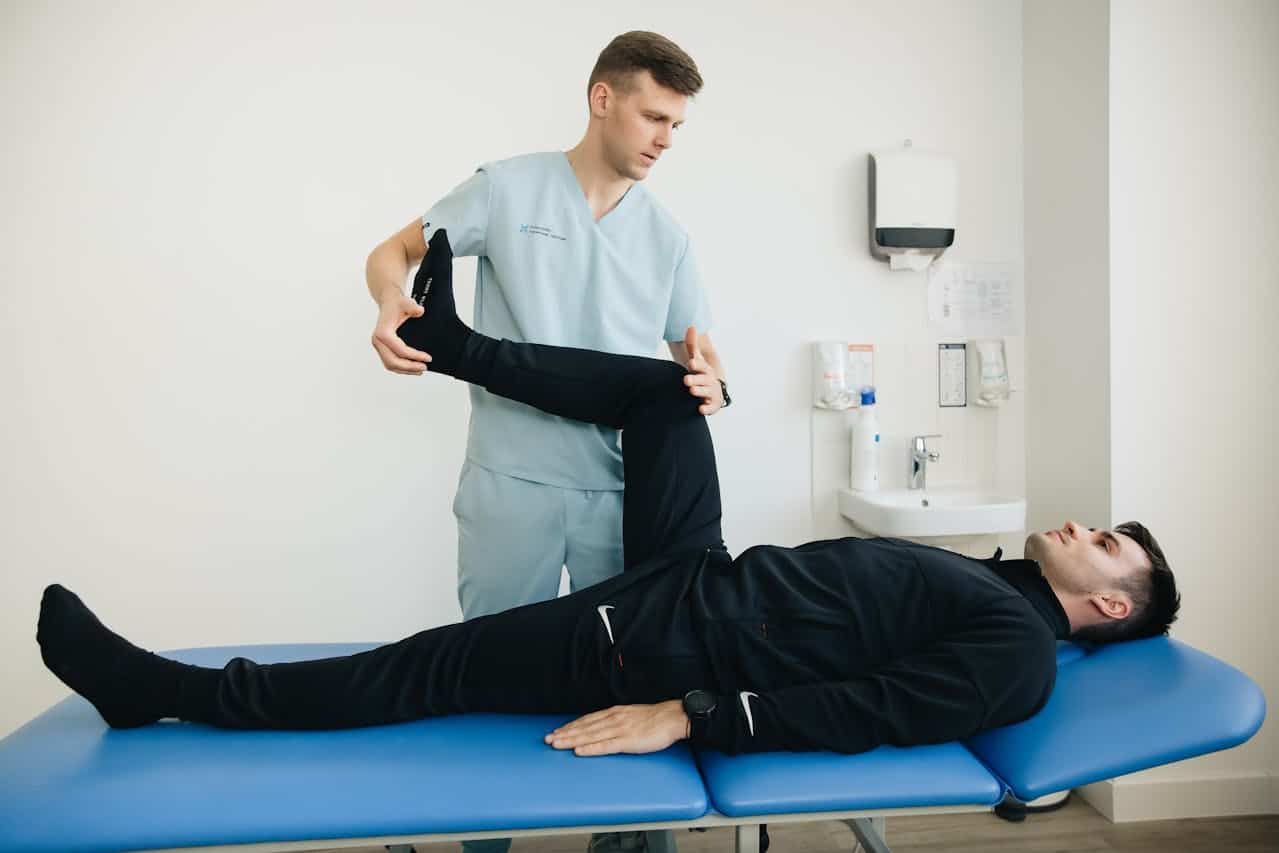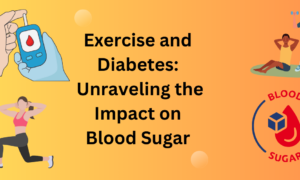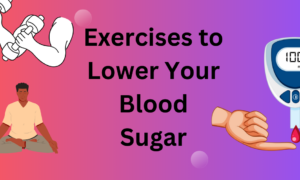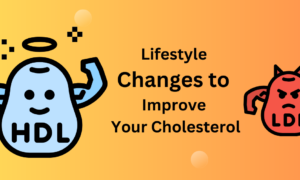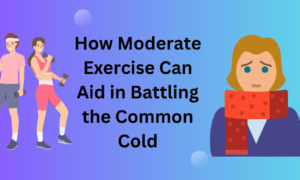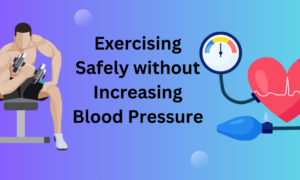Exerting the body to its maximum requires adequate recovery. Regardless of whether you’re an athlete, a fitness lover, or an individual managing injuries, recovery tools have significantly evolved. Modern recovery techniques have progressed beyond ice baths and massages. They employ advanced technology to accelerate healing, lessen discomfort, and enhance overall wellness.
From hyperbaric chambers to compression therapy, futuristic healing methods are gaining traction. These techniques enhance blood circulation, reduce inflammation, and promote cellular repair.
The Importance of Recovery
Recovery involves more than simply taking a break. It’s a dynamic process that aids in muscle repair, reduces inflammation, and replenishes energy levels. Disregarding recovery can result in injuries, exhaustion, and decreased performance. This is why specialists suggest utilizing advanced recovery tools to enhance healing and maintain optimal body performance.
Factors Affecting Recovery
Several elements influence how quickly the body recovers. These include:
- Sleep: The body’s primary repair mode happens during deep sleep. Growth hormones peak, and tissues rebuild faster.
- Hydration: Fluids help flush out toxins and deliver nutrients to muscles, preventing cramps and soreness.
- Nutrition: Proper intake of proteins, vitamins, and minerals speeds up healing. Foods rich in antioxidants reduce inflammation.
- Circulation: Better blood flow means faster recovery and reduced soreness. Active movement, massage, and certain technologies aid circulation.
Now, let’s check some recovery methods that can accelerate healing.
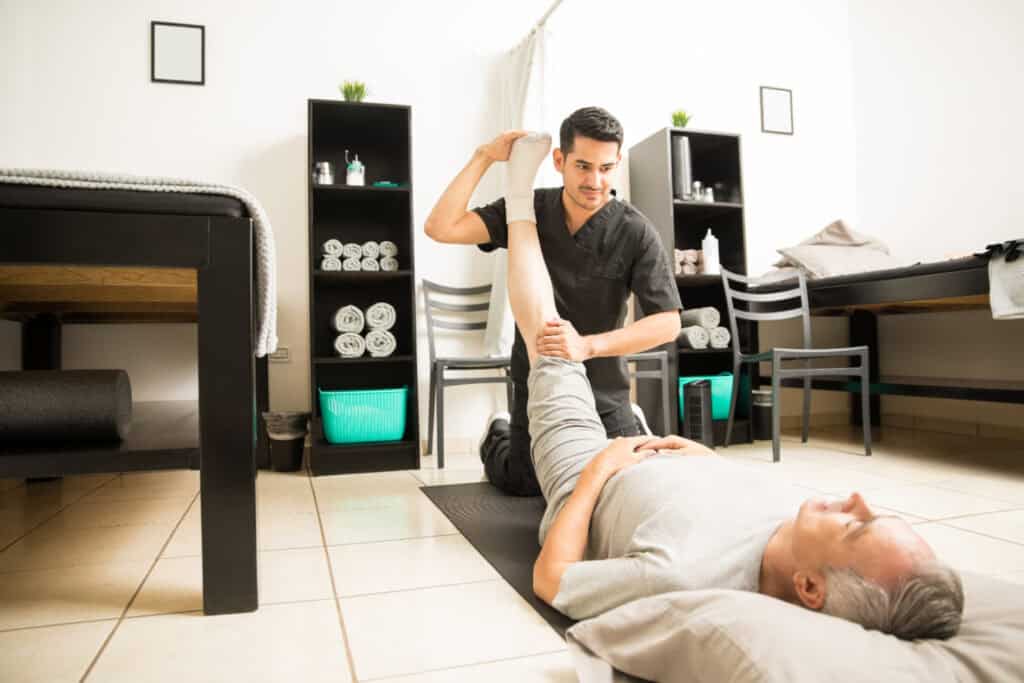
Hyperbaric Chambers: Breathing New Life into Recovery
Hyperbaric chambers are becoming increasingly popular with athletes and individuals in recovery from injuries. These chambers utilize pressurized oxygen to accelerate tissue healing. The method, referred to as hyperbaric oxygen therapy, consists of inhaling almost pure oxygen within a pressurized setting.
How Hyperbaric Chambers Work
In a hyperbaric chamber, the pressure increases, allowing the lungs to absorb more oxygen than usual. This oxygen-rich blood then circulates throughout the body, reducing inflammation and stimulating cell regeneration. The benefits include:
- Accelerated muscle recovery
- Reduced swelling and inflammation
- Enhanced healing of wounds and injuries
- Improved cognitive function
- Faster recovery from surgeries
Who Uses Hyperbaric Chambers?
Professional athletes, military personnel, and individuals with chronic conditions often use HBOT. It’s known to help with post-concussion recovery, soft tissue injuries, and even chronic fatigue. Some clinics now offer hyperbaric therapy for general wellness and anti-aging benefits.
Compression Therapy: The Science of Squeezing Recovery
Compression therapy is another advanced healing method that improves circulation and accelerates muscle recovery. It entails utilizing specific compression clothing or employing pneumatic compression equipment to exert regulated pressure on various body areas.
The Benefits of Compression Therapy
Compression gear works by squeezing muscles, which improves blood flow and reduces fluid buildup. The main advantages include:
- Faster removal of metabolic waste like lactic acid
- Reduction in muscle soreness
- Lower risk of deep vein thrombosis
- Enhanced oxygen delivery to tissues
- Decrease in inflammation and swelling
Types of Compression Gear
- Compression Sleeves and Socks – Ideal for reducing swelling and improving circulation.
- Pneumatic Compression Devices – Machines that apply rhythmic pressure to muscles, often used in post-surgical recovery.
- Compression Leg Massagers – Used by athletes to speed up post-exercise recovery.
Compression therapy is widely used by marathon runners, weightlifters, and individuals dealing with poor circulation. Many hospitals and physical therapy centers incorporate pneumatic compression to aid recovery after major procedures.
Cryotherapy: Icy Power for Healing
Cryotherapy is an advanced recovery tool that involves exposing the body to extreme cold. It helps reduce inflammation, pain, and swelling.
How Cryotherapy Works
In a cryotherapy session, people step into a chamber chilled to very low temperatures (down to -200°F). The abrupt exposure to cold tightens blood vessels, leading to a decrease in swelling. After exiting the chamber, blood circulation rises, supplying new oxygen and nutrients to the muscles.
Benefits of Cryotherapy
- Reduces muscle soreness and inflammation
- Boosts metabolism and energy levels
- Enhances sleep quality
- Helps with chronic pain conditions
- Speeds up muscle recovery after intense workouts
Many professional sports teams and fitness enthusiasts use cryotherapy for rapid recovery after intense workouts.
Percussion Therapy: Deep Muscle Stimulation
Percussion therapy uses handheld devices to deliver rapid pulses into muscles. These percussive massage guns help relieve tension, improve flexibility, and boost circulation.
Why Percussion Therapy Works
The rapid vibrations penetrate deep into muscle tissue, breaking up knots and reducing soreness. Regular use can:
- Improve range of motion
- Reduce muscle stiffness
- Enhance blood circulation
- Prevent injury from overuse
Numerous athletes utilize percussion devices prior to training sessions for warming up and following workouts for enhancing recovery. The practicality of possessing a portable device is what makes it popular with travelers and people on the go.
Infrared Therapy: Harnessing Heat for Healing
Infrared therapy uses infrared light to penetrate deep into tissues, promoting cell repair and reducing inflammation.
How Infrared Therapy Works
Unlike traditional heat therapy, infrared light reaches deep into muscles, increasing circulation and stimulating mitochondria—the energy centers of cells. This results in:
- Improved muscle recovery
- Reduced joint pain
- Faster wound healing
- Enhanced blood flow
Infrared therapy is frequently used in saunas, heating pads, and wearable infrared products. Numerous wellness spas and rehab facilities utilize infrared sauna sessions to improve relaxation and recovery.
Red Light Therapy: The Power of Photobiomodulation
Red light therapy is another futuristic healing method that uses low-level wavelengths of red light to promote cellular repair.
Benefits of Red Light Therapy
- Enhances skin healing and reduces wrinkles
- Speeds up muscle recovery
- Decreases inflammation and pain
- Improves sleep and mood
Numerous wellness centers provide red light therapy, and there are portable home devices for frequent use. It is increasingly becoming a fundamental part of both fitness and anti-aging practices.

Float Therapy: A Weightless Recovery Experience
Float therapy, also called sensory deprivation, involves floating in a tank filled with magnesium-rich water. The absence of gravity helps reduce stress and improve muscle recovery.
Benefits of Float Therapy
- Relieves muscle tension
- Promotes deep relaxation
- Reduces cortisol levels
- Enhances sleep quality
- Aids in recovery from strenuous exercise
Float therapy is becoming increasingly popular among athletes, business people, and those seeking profound relaxation.
Conclusion
Recovery holds equal importance to training. Utilizing advanced recovery methods such as hyperbaric chambers, compression therapy, and innovative healing practices, individuals can boost muscle repair, alleviate pain, and enhance overall performance. These techniques aren’t solely for top athletes—they can help anyone aiming to remain healthy and active.
By embracing these cutting-edge techniques, you can take your recovery game to the next level. Whether it’s hyperbaric oxygen therapy, cryotherapy, or compression gear, the right approach can make a huge difference in how your body heals and performs.

